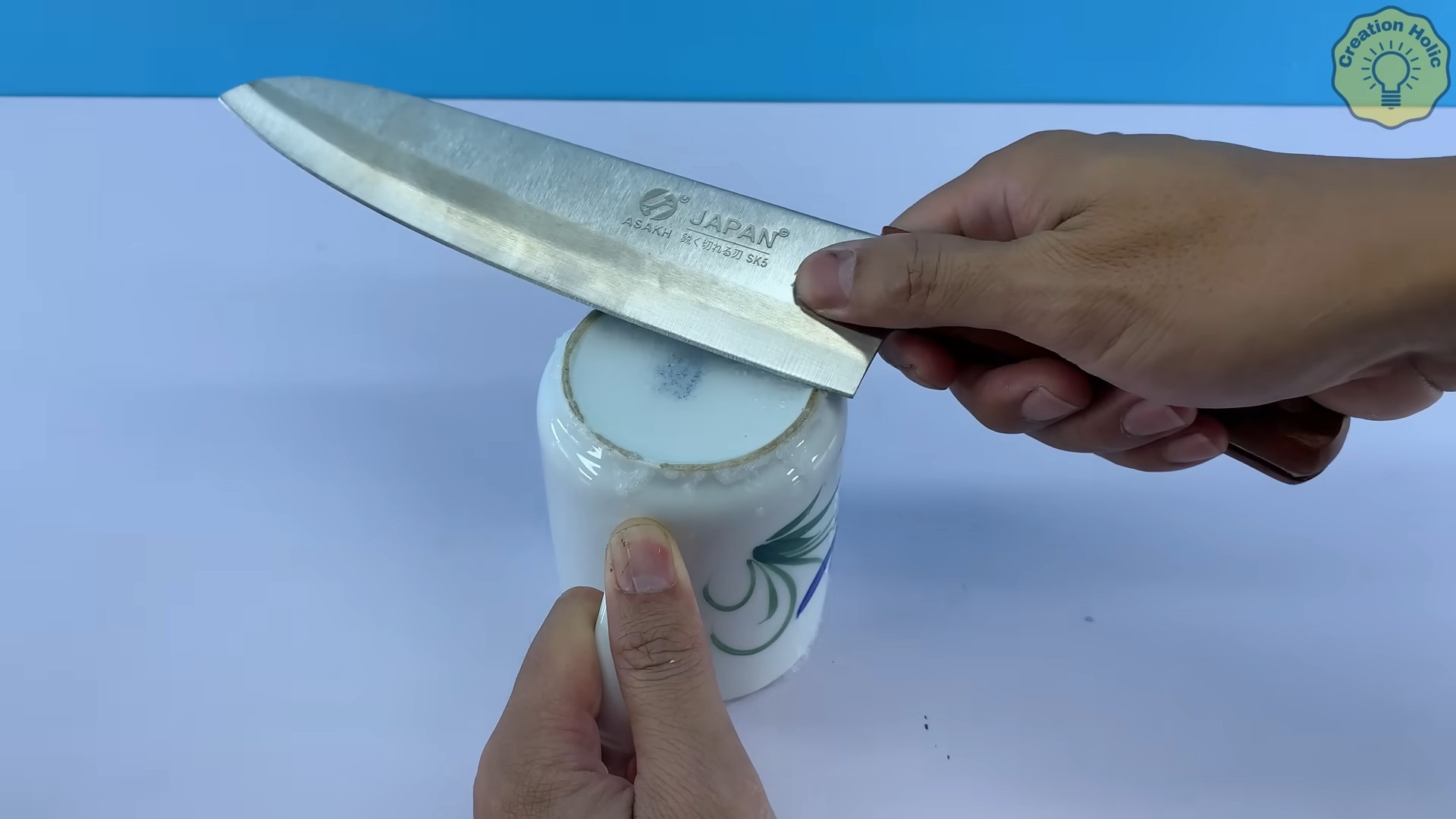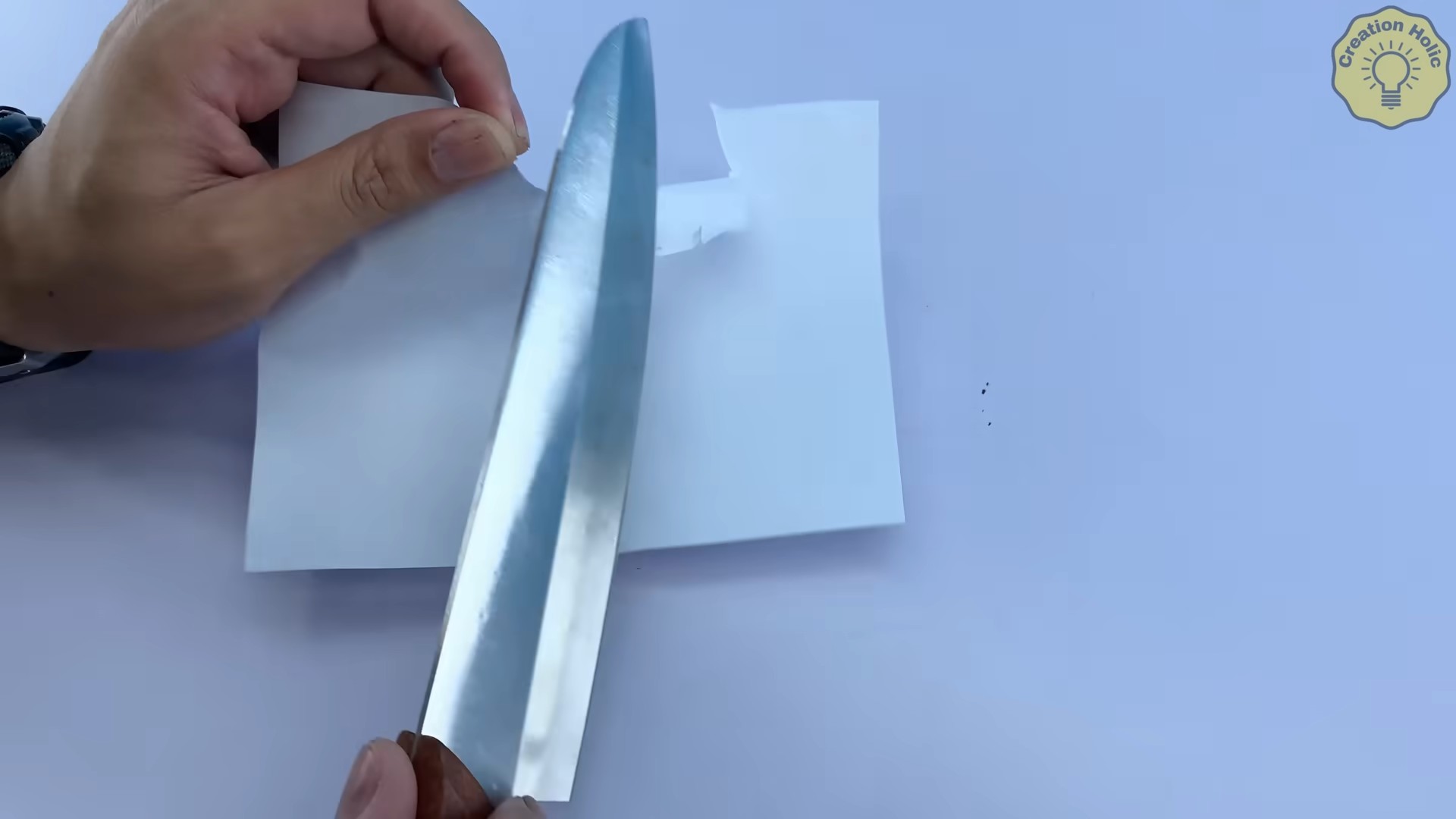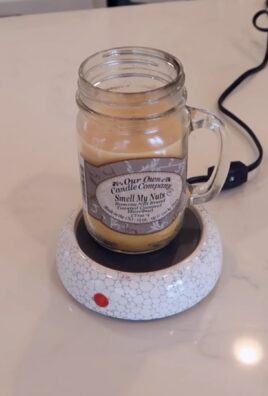DIY Expert Tips are your golden ticket to unlocking the full potential of your home garden! Have you ever looked at those picture-perfect gardens in magazines and thought, “I wish I could do that?” Well, guess what? You absolutely can! For centuries, people have cultivated their own little slices of paradise, from the hanging gardens of Babylon to the meticulously planned gardens of Renaissance Italy. Gardening has always been a way to connect with nature, provide sustenance, and express creativity.
But let’s be honest, sometimes it feels like you need a degree in botany to keep your plants alive, right? That’s where these DIY Expert Tips come in. I’m here to share some simple, effective, and often surprising hacks that will transform your gardening experience. Whether you’re battling pesky pests, struggling with soil issues, or just looking for ways to maximize your harvest, I’ve got you covered.
Why do you need these tricks? Because gardening shouldn’t be a chore; it should be a joy! These DIY solutions will save you time, money, and frustration, allowing you to spend more time enjoying the fruits (and vegetables!) of your labor. So, grab your gardening gloves, and let’s dive into the world of DIY gardening magic!

DIY Magic: Transforming Old T-Shirts into Stylish Reusable Shopping Bags
Hey there, fellow DIY enthusiasts! I’m super excited to share one of my favorite upcycling projects with you: turning those old, forgotten t-shirts into awesome, reusable shopping bags. Not only is this a fantastic way to reduce waste and be eco-friendly, but it’s also a super fun and easy project that anyone can do. Plus, you get a unique, personalized shopping bag out of it! Let’s dive in!
What You’ll Need: The Essential Toolkit
Before we get started, let’s gather all the necessary materials. Trust me, having everything ready beforehand will make the whole process much smoother.
* **An Old T-Shirt:** The bigger the shirt, the bigger the bag! Look for shirts with interesting designs or colors. Avoid shirts with holes or stains in the main body area.
* **Sharp Scissors:** Fabric scissors are ideal, but any sharp scissors will do. Dull scissors will make the fabric fray and make cutting difficult.
* **A Ruler or Measuring Tape:** This will help you make accurate cuts and ensure your bag is symmetrical.
* **A Marker or Fabric Chalk:** For marking cutting lines.
* **Sewing Machine (Optional):** While you can hand-sew the bottom of the bag, a sewing machine will make the process much faster and more durable.
* **Thread (Matching or Contrasting):** If you’re using a sewing machine, choose a thread color that complements your t-shirt.
* **Pins (Optional):** To hold the bottom seam in place while sewing.
* **Iron and Ironing Board (Optional):** For pressing the bottom seam for a neater finish.
Step-by-Step Guide: From T-Shirt to Tote
Alright, let’s get our hands dirty! Follow these steps carefully, and you’ll have your own stylish reusable shopping bag in no time.
1. Preparing Your T-Shirt: The Foundation
1. Lay it Flat: Start by laying your t-shirt flat on a clean, even surface. Smooth out any wrinkles to ensure accurate cutting.
2. Smooth out the wrinkles: Ironing the t-shirt at this stage will make the cutting process much easier and more precise.
3. Cut Off the Sleeves: Using your scissors, carefully cut off both sleeves along the seam. Try to cut as straight as possible. Don’t worry if it’s not perfect; we can tidy it up later.
4. Widen the Neckline (Optional): If you want a wider opening for your bag, you can cut off the neckline. I usually cut a U-shape, removing the collar. Be careful not to cut too low, or your bag might become too flimsy.
5. Decide on Handle Depth: The depth of the U-shape you cut for the neckline will determine how deep your handles will be. A deeper U-shape means shorter handles.
2. Creating the Fringe (or Not!): Adding a Touch of Style
This step is optional, but I think it adds a fun, decorative touch to the bag. If you prefer a plain bottom, you can skip this step and move on to step 3.
1. Mark the Fringe Line: Using your ruler and marker, draw a horizontal line across the bottom of the t-shirt. This line will determine the length of your fringe. I usually make it about 3-4 inches from the bottom.
2. Cut the Fringe: Now, carefully cut vertical strips from the bottom edge of the t-shirt up to the line you just drew. Make each strip about 1 inch wide. Try to keep the strips as even as possible.
3. Tie the Fringe (Optional): For added security and a more decorative look, you can tie the fringe strips together in pairs. Simply take two adjacent strips and tie them in a knot. Repeat this process all the way across the bottom of the bag. This will also help to close the bottom of the bag.
3. Securing the Bottom: Making it a Bag!
This is the most crucial step, as it transforms your modified t-shirt into an actual bag.
1. Turn the T-Shirt Inside Out: This will hide the seam on the inside of the bag.
2. Pin the Bottom Edge (Optional): If you’re using a sewing machine, you can pin the bottom edge of the t-shirt together to keep it in place while sewing.
3. Sew the Bottom Seam: Using your sewing machine, sew a straight line across the bottom of the t-shirt, about 1/2 inch from the edge. Backstitch at the beginning and end of the seam to secure it. If you don’t have a sewing machine, you can hand-sew the bottom seam using a simple running stitch or backstitch. Make sure your stitches are close together for added strength.
4. Reinforce the Seam (Optional): For extra durability, you can sew a second seam parallel to the first one. This will help prevent the seam from ripping, especially if you plan on carrying heavy items in your bag.
5. Trim Excess Fabric (Optional): After sewing the seam, you can trim off any excess fabric along the bottom edge. This will give your bag a cleaner, more professional look.
6. Turn the Bag Right Side Out: Carefully turn the bag right side out, pushing out the corners to give it a nice shape.
4. Finishing Touches: Making it Your Own
Now that your bag is structurally complete, it’s time to add some personal touches!
1. Iron the Seam (Optional): Ironing the bottom seam will give it a neater, more polished look.
2. Add Embellishments (Optional): Get creative! You can add fabric paint, patches, buttons, or any other embellishments you like to personalize your bag.
3. Reinforce the Handles (Optional): If you’re worried about the handles stretching or breaking, you can reinforce them by sewing a few extra rows of stitching along the edges.
4. Test it Out: Load up your new bag with some groceries or books and see how it holds up!
Alternative Bottom Closure Methods: Beyond Sewing
Not a fan of sewing? No problem! There are several other ways to close the bottom of your t-shirt bag.
* No-Sew Knots: Instead of sewing, you can cut fringe along the bottom edge and tie the strips together in knots, as mentioned earlier. This creates a secure and decorative closure.
* Fabric Glue: You can use fabric glue to adhere the bottom edges together. Be sure to use a strong, waterproof fabric glue and apply it evenly. Clamp the edges together while the glue dries for best results.
* Safety Pins: For a temporary or quick fix, you can use safety pins to close the bottom of the bag. This isn’t the most durable option, but it can work in a pinch.
* Braiding: Cut the bottom into long strips and braid them together to create a strong and unique bottom.
Choosing the Right T-Shirt: Fabric Matters!
The type of t-shirt you choose will affect the durability and appearance of your bag.
* Cotton: Cotton t-shirts are a great choice for this project. They’re soft, easy to work with, and readily available. However, cotton can stretch, so you might want to reinforce the handles and bottom seam.
* Polyester: Polyester t-shirts are more durable and less prone to stretching than cotton. They’re also wrinkle-resistant, which is a bonus.
* Blends: T-shirts made from a blend of cotton and polyester offer a good balance of comfort and durability.
* Thick vs. Thin: A thicker t-shirt will create a sturdier bag, while a thinner t-shirt will be more lightweight and flexible. Consider what you’ll be using the bag for when choosing your t-shirt.
Tips and Tricks for a Perfect T-Shirt Bag: Pro Advice
Here are a few extra tips and tricks to help you create the best t-shirt bag possible:
* Use a Rotary Cutter and Mat: If you’re serious about your DIY projects, invest in a rotary cutter and cutting mat. These tools will make cutting fabric much easier and more precise.
* Practice on Scrap Fabric: Before cutting up your favorite t-shirt, practice on some scrap fabric to get a feel for the process.
* Take Your Time: Don’t rush! Take your time and pay attention to detail. The more careful you are, the better your bag will turn out.
* Get Creative with the Design: Don’t be afraid to experiment with different designs and embellishments. This is your chance to create a truly unique and personalized bag.
* Wash Your Bag: Before using your bag, wash it to remove any dirt or residue. This will also help to prevent the colors from bleeding.
* Consider the Environment: By up

Conclusion
So, there you have it! Mastering this simple yet incredibly effective DIY expert tip is a game-changer for anyone looking to elevate their [insert relevant area, e.g., cooking, crafting, home improvement] game. We’ve walked you through the process, highlighting the key steps and providing insights that will help you achieve professional-level results without breaking the bank.
Why is this a must-try? Because it empowers you to take control, customize to your exact preferences, and ultimately, create something truly special. Think about the possibilities! Imagine the satisfaction of knowing you crafted [insert relevant item, e.g., the perfect sauce, a stunning piece of art, a flawlessly repaired item] using your own skills and ingenuity. This isn’t just about saving money; it’s about unlocking your creative potential and adding a personal touch to everything you do.
But don’t stop there! This DIY expert tip is just the beginning. Feel free to experiment with variations to suit your individual needs and tastes. For example, if you’re using this tip for [insert relevant area, e.g., cooking], try incorporating different spices or herbs to create unique flavor profiles. If you’re applying it to [insert relevant area, e.g., crafting], explore different color combinations or embellishments to personalize your creations. The possibilities are truly endless!
Consider these variations to further enhance your experience:
* For the adventurous cook: Try infusing your [relevant item] with smoked paprika for a smoky depth or a hint of chili for a spicy kick. You could also experiment with different types of vinegar or citrus juices to adjust the acidity.
* For the creative crafter: Explore different textures by adding glitter, beads, or fabric scraps to your [relevant item]. You can also use stencils or stamps to create intricate designs.
* For the practical home improver: Consider using different types of sealant or adhesive depending on the specific materials you’re working with. You can also experiment with different application techniques to achieve a smoother, more professional finish.
Ultimately, the best way to master this DIY expert tip is to simply try it! Don’t be afraid to make mistakes – that’s how we learn and grow. Embrace the process, have fun, and let your creativity shine.
We’re confident that you’ll be amazed by the results. And we’d love to hear about your experience! Share your tips, tricks, and variations in the comments below. Let’s build a community of DIY enthusiasts who are passionate about creating, innovating, and sharing their knowledge with the world. So go ahead, give this DIY expert tip a try, and let us know what you think! We can’t wait to see what you create.
Frequently Asked Questions
What if I don’t have all the exact materials listed?
Don’t worry! Part of the beauty of DIY is its adaptability. While having the recommended materials is ideal, you can often substitute with similar items you already have on hand. For example, if the recipe calls for a specific type of [material], you might be able to use a comparable [material] with slightly different properties. Just be sure to research the potential differences and adjust your technique accordingly. If you are missing a specific tool, see if you can rent it from a local hardware store or borrow it from a friend. Always prioritize safety when using alternative materials or tools.
How long will it take to complete this DIY project?
The time required will vary depending on your skill level, the complexity of the project, and the specific variations you choose to implement. A simple version of this DIY expert tip might take as little as [timeframe], while a more elaborate project could take several [timeframe]. It’s always a good idea to allocate extra time, especially if you’re a beginner. Rushing through the process can lead to mistakes and frustration. Remember, the goal is to enjoy the process and create something you’re proud of.
What are some common mistakes to avoid?
One common mistake is not properly preparing the [surface/material] before starting. This can lead to uneven results or poor adhesion. Another mistake is using the wrong type of [tool/material] for the job. Always double-check that you’re using the correct materials and tools, and follow the instructions carefully. Finally, don’t be afraid to ask for help if you’re struggling. There are plenty of online resources and communities where you can find answers to your questions.
Is this DIY project suitable for beginners?
Yes, this DIY expert tip is designed to be accessible to beginners. The steps are straightforward and easy to follow, and the materials are readily available. However, it’s always a good idea to start with a small, simple project before tackling a larger, more complex one. This will allow you to build your skills and confidence. If you’re feeling overwhelmed, consider watching a video tutorial or reading a more detailed guide.
How can I customize this DIY project to my personal style?
Customization is where the real fun begins! Think about your personal preferences and how you can incorporate them into the project. For example, if you’re using this tip for [relevant area], you can choose colors, patterns, and embellishments that reflect your unique style. You can also experiment with different techniques and materials to create a truly one-of-a-kind piece. Don’t be afraid to break the rules and try something new. The most important thing is to have fun and create something that you love.
What safety precautions should I take?
Safety should always be your top priority when undertaking any DIY project. Be sure to wear appropriate safety gear, such as gloves, eye protection, and a mask, especially when working with [materials]. Work in a well-ventilated area to avoid inhaling harmful fumes. Always follow the manufacturer’s instructions for using tools and materials. And if you’re unsure about anything, don’t hesitate to ask for help from a professional.
How do I clean up after completing the project?
Proper cleanup is essential for maintaining a safe and organized workspace. Dispose of any waste materials properly, following local regulations. Clean your tools and equipment thoroughly to prevent damage and ensure they’re ready for your next project. Wipe down any surfaces that may have been exposed to [materials]. And finally, take a moment to admire your finished creation!





Leave a Comment